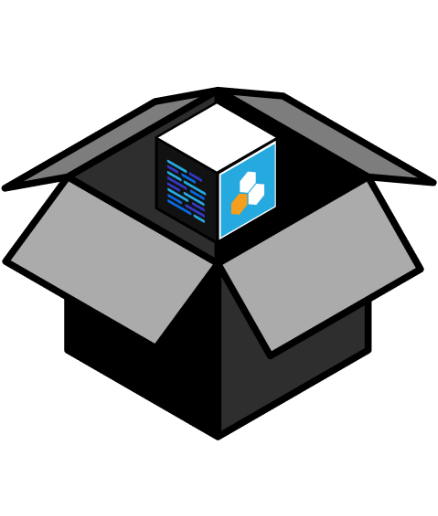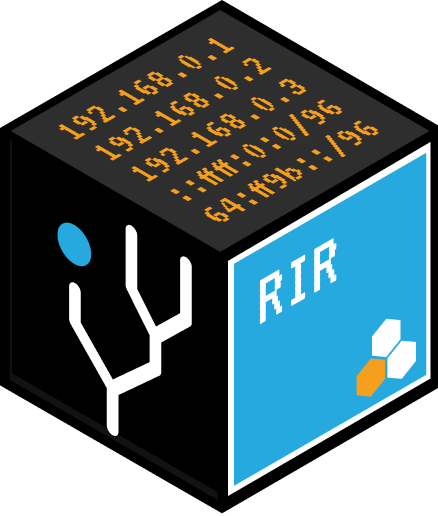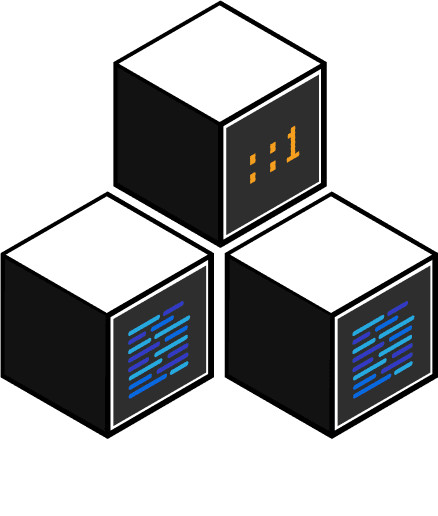A very large investment opportunity is being overlooked by most Investors in tech as it is, quite frankly, overlooked by most of humanity. The Internet is a force and that force is undergoing a forklift upgrade as we speak. The Internet Assigned Name Authority (IANA) has handed out the LAST IPv4 address space as of Feb, 2011. The Internet’s ability to function is predicated upon each device having a unique Internet Protocol (IP) address and thus, a new address schema called IP version 6, or IPv6, has been implemented so that the ever growing number of “things” on the Internet can function properly.
The Problem: IPv4 – IPv6 and what does this really mean?
TCP/IP is the technology that devices use to interact online. It isn’t as sexy as say the next Facebook or Zynga, however, it is fundamental to how those companies operate online and therefore the “oxygen” to their flames. What allows each device to get online and communicate is that each one has an unique IP address. IP addresses enable each device to interact with each other over the Global Internet. From desktops, to laptops, to PS3s, to cell phones, to airplanes, to IP enabled washers and dryers, to virtual machines, to the smart grid, most things will be connected online – with IPv4, we had a finite amount of IP Addresses – we’ve run out as of Feb 2011.
At the inception of the Internet, IP version 4 (IPv4) was and is currently the most widespread protocol used to communicate. By their binary nature, IP addresses are a finite resource and IPv4 had 2^32 unique IP Addresses or ~ 4.3 Billion addresses. While 4.3 Billion might seem like a vast number, the growing amount of Internet participation has exhausted this supply – in fact, it has been predicted that by 2020, there will be more than 7 Internet-enabled devices for every man, woman, and child on planet earth. In February, 2011, the keeper of the free address pool, the Internet Assigned Numbers Authority, (IANA), fully exhausted and allocated all of the IPv4 Addresses.[1]
To continue the operation of the Internet, Internet Protocol version 6 (IPv6) was created. The address space created in IPv6 is vast – 2^128 or more than 170 undecillion addresses – and unlikely to be depleted in the next 50 years. Everything online must transition to include both IPv6 and IPv4 and eventually transition entirely to the new IPv6 protocol.
IPv6 was created in the mid ‘90s as a result of engineering efforts to keep the Internet growing. It is an entirely new protocol that is not “backwards compatible” with IPv4. However, both protocols can run simultaneously over the same “wires”. This means that there will be a progressive transition (picking up pace from this point forward) from IPv4 to IPv6 commencing with devices that support both protocols (also known as dual stacking). Eventually, IPv4 will cease to be supported and in the end, all IPv4 only devices will no longer be able to communicate with the IPv6 enabled Internet.
The Investment Opportunity: IPv6 transitions and management and beyond…
We started 6connect in February of 2009 as we saw a lack of cohesively planned, Internet infrastructure management solutions. Coming out of the ISP, Colocation, Managed Hosting/Cloud world, we embarked upon “unifying Internet infrastructure” thru a holistic approach or unified view into all things IT and facility related (some called that “boiling the ocean”). We realized rather quickly that we were a bit ahead of the game as the markets’ were either interested in more datacenter cooling optimization (immediate pain then) or consolidation or extensions to the cloud (not to mention the ongoing search for the next Google or Facebook.). This didn’t stop us.
We always had IPv6 as part of our DNA, as our CTO, Aaron Hughes, is one of the world’s foremost experts on the Protocol itself (not to mention IP overall). While we knew it was important, it took us a bit of time to realize that IPv6 was the missing link – it was the lowest common denominator in the OSI model that would allow all things to be universally connected online. And thus, once you’ve achieved that, you can then begin to layer up into higher levels of the OSI model and provide control, visibility, and ultimately, automation.
While there is a grand vision in mind, and many companies have pursued this “unification” since the fragmentation ushered in by the PC, there are very concrete, tactical steps that must be taken at the right time – when the pain is most severe. We were seeking that pain for unified infrastructure and then realized that there was a more focused, “immediate pain”: to address the transition and management for IPv6.
Since IPv6 and IPv4 are not “compatible”, they exist simultaneously on the same wire. This presents challenges in getting prepared to roll out IPv6, getting control of your current network, ongoing visibility into both protocols, propagating your IPv6 network thru peering, and much, much more. Therefore, a solution is required to help automate many facets of your IP network(s), which is the first step amongst many in unifying infrastructure.
There have been some companies that have existed for quite some time in this space, yet given their histories, have had to adapt to conditions that pre-dated the current climate. These companies fall into two categories: 1) Service Provider Vendors, and 2) Enterprise Vendors.
The former consists of ISPs, Colocation/Hosting/Managed/Cloud, ASPs & sometimes Content who have usually managed much of their networks in a manual manner (yes – spreadsheets, etc). The latter are Enterprises big enough to warrant managing their own network and have usually adopted Microsoft backends due to near ubiquity of MS Exchange. Vendors addressing the Service Providers have sold appliances and large scale, custom, projects that tend to be hundreds of thousands of dollars and forcing large, onerous service contracts. Enterprise vendors, mostly, have adopted “appliance” models and emphasized providing solutions to very Microsoft focused environments, also resulting in big CapEx and service contracts.
We saw this as a great opportunity to turn things upside down and bring to Network Automation what Rackspace has brought to Server mgmt & automation – solutions that are software based, near universal in application and that leads our customers to using our SaaS model in preference to managing it themselves. With this model, we can offer lower, fixed, monthly costs that ease purchasing decisions and allow for rapid deployment.
All network operators, big and small, are asking very similar questions which we have been fortunate to have prepared for: how do I get control of my network today and then how do I roll out IPv6 – this is where we have gotten into the market (and investors should start here) and we plan to take them along the “Internet unification spectrum” until we achieve the Evernet.
Investment in future: The Evernet
The transition to IPv6 is under way and gaining momentum. This exciting time, for us Internet Plumbers, is global in scale and got us thinking as to what the future Internet will be when all things are connected all of the time. This gave rise to our notion of the Evernet.
As we see Smart meters, cars that act as Internet hubs thru cellular connectivity, wifi on plane, even Tweets from space, the Internet has evolved to include all of everything. This further presents quite a few investment opportunities in the infrastructure space as ground-up companies like ourselves seek to marry our control of lower levels of OSI model with that of Virtualization. However, one must always evaluate said investments with market timing in mind (many tech have failed due to market timing – I’d say a lot more than people realize). We too see the Evernet as a way for our company to continually evolve and expand, all while focused on the immediate pain of getting IPv6 up and running (the next big elephant in the room IPv6 Security!).
Related keywords: Network Automation, Network Management, Peering, Systems Administration
________________







